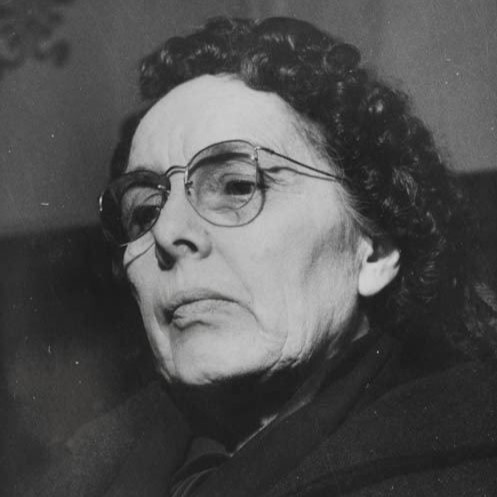
1896 - 1980
Marie Joséphine Philippine Besnard
Summary
Name:
Marie Joséphine Philippine BesnardNickname:
The Good Lady of LoudunYears Active:
1927 - 1949Birth:
August 15, 1896Status:
DeceasedClass:
Serial KillerVictims:
13Method:
Alleged poisoningDeath:
February 14, 1980Nationality:
France
1896 - 1980
Marie Joséphine Philippine Besnard
Summary: Serial Killer
Name:
Marie Joséphine Philippine BesnardNickname:
The Good Lady of LoudunStatus:
DeceasedVictims:
13Method:
Alleged poisoningNationality:
FranceBirth:
August 15, 1896Death:
February 14, 1980Years Active:
1927 - 1949bio
Marie Besnard was born on August 15, 1896, in Loudun, France. Her early life was largely unremarkable, but she later gained infamy as one of France’s most notorious alleged female poisoners. In 1920, she married her first cousin, Auguste Antigny, a man suffering from tuberculosis. Antigny died in 1927 of apparent pleurisy. His body was exhumed years later, revealing 60 mg of arsenic in his remains.
In 1928, Marie remarried, this time to Léon Besnard. The couple lived in Loudun and soon began accumulating significant wealth through a series of family inheritances, many of which followed the untimely deaths of close relatives and friends. These included Léon’s parents, Marie’s own father, and even boarders and cousins, all of whom had named Marie in their wills.
Marie lived a quiet and respected life in the community, earning her the nickname “The Good Lady of Loudun.” But as deaths accumulated and patterns emerged, many of the deceased having died of illnesses later tied to arsenic poisoning, suspicions arose, especially after Léon Besnard himself died under questionable circumstances in 1947. He had reportedly suspected Marie of poisoning him, confiding to a friend shortly before his death.
By 1949, the weight of coincidence and accumulated fortune drew the attention of law enforcement and a magistrate ordered the exhumation of Léon’s body, which revealed high arsenic levels. Eventually, twelve more bodies were exhumed, including family members, friends, and tenants, most containing abnormally high levels of arsenic. Marie was arrested and charged with thirteen murders.
murder story
The official case against Marie Besnard began on July 21, 1949, the same date her first husband had died 22 years earlier. That summer, Léon Besnard’s body was exhumed and tested by forensic expert Dr. Béroud, who reported lethal levels of arsenic. The bodies of twelve others were exhumed and analyzed, each revealing elevated levels of arsenic, some as high as 60 mg.
The deaths spanned decades and involved people close to Marie:
Her first husband, Auguste Antigny (1927)
Her father, Pierre Davaillaud (1940)
Her second husband Léon Besnard (1947)
Léon’s parents and sister (between 1939–1940)
Two wealthy tenants, the Rivets (1939 and 1941)
Cousins Pauline and Virginie Lalleron (1945)
Her mother, Marie-Louise Davaillaud (1949)
Most of the victims had named Marie as their primary or sole heir. The accusations painted a chilling picture of slow, methodical poisoning over two decades, allegedly motivated by financial gain.
The case quickly gained national attention. Forensic science played a key role in the trials, beginning in 1952. Investigators relied on evolving arsenic detection techniques, especially the Marsh and Cribier method, to support their findings. However, Marie’s defense team challenged the reliability of the tests, the labeling of the evidence jars, and suggested environmental contamination as an alternative source of arsenic.
In particular, the defense noted that arsenic could have entered the bodies through soil contamination, via funeral flowers, zinc casket linings, and cemetery runoff. Public opinion began to shift in Marie’s favor as doubts were raised about the prosecution’s scientific methods.
Her first two trials, held in Poitiers, ended without conviction. By the time of her third trial in 1961, much of the original evidence was under question. After 13 years of legal proceedings and national fascination, Marie Besnard was acquitted of all charges on December 12, 1961.
She lived quietly in Loudun until her death on February 14, 1980, never confessing to any crime. Despite her acquittal, the mystery of the 13 arsenic-laced deaths remains unsolved, making Marie Besnard one of the most controversial figures in French criminal history.